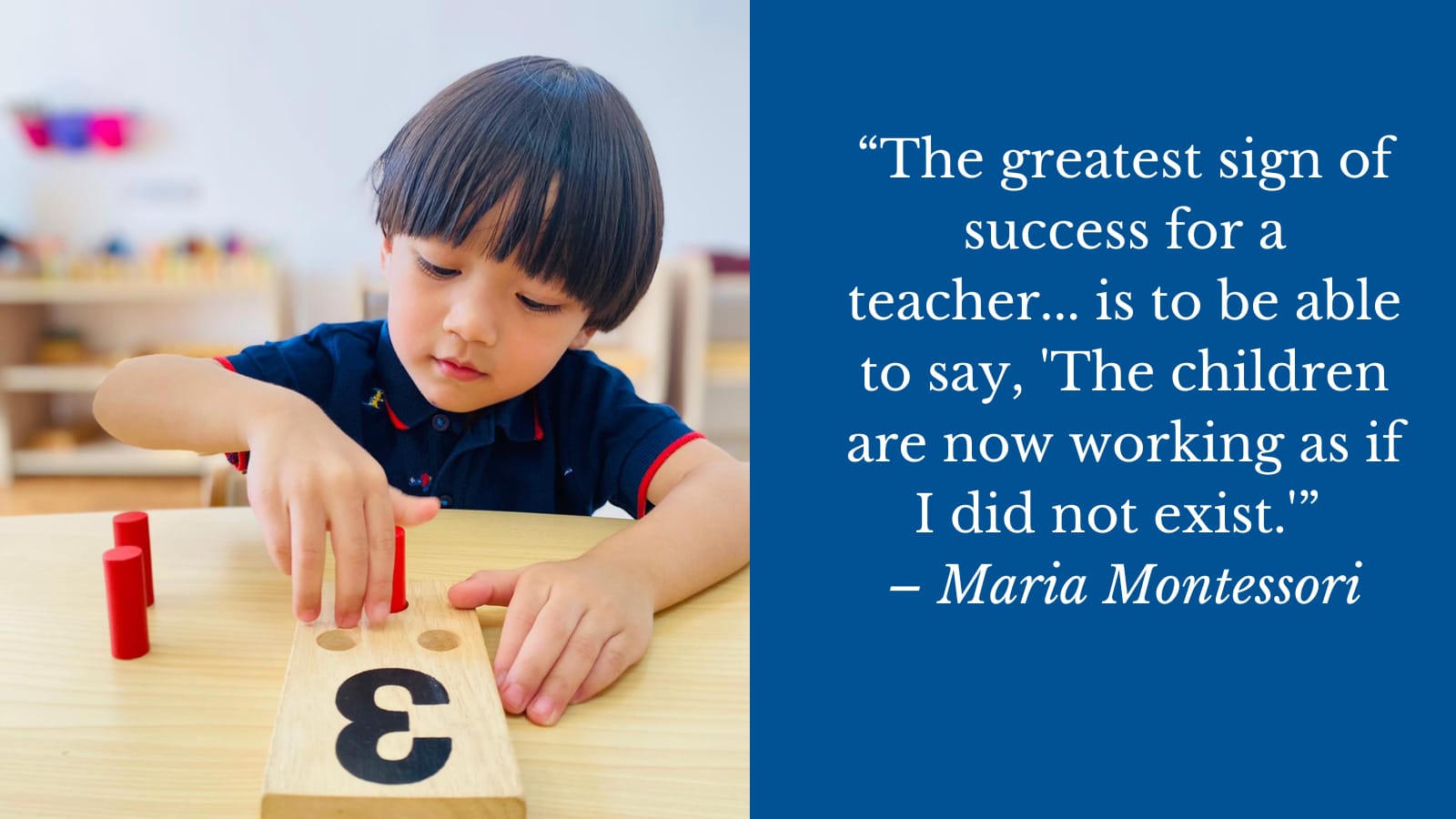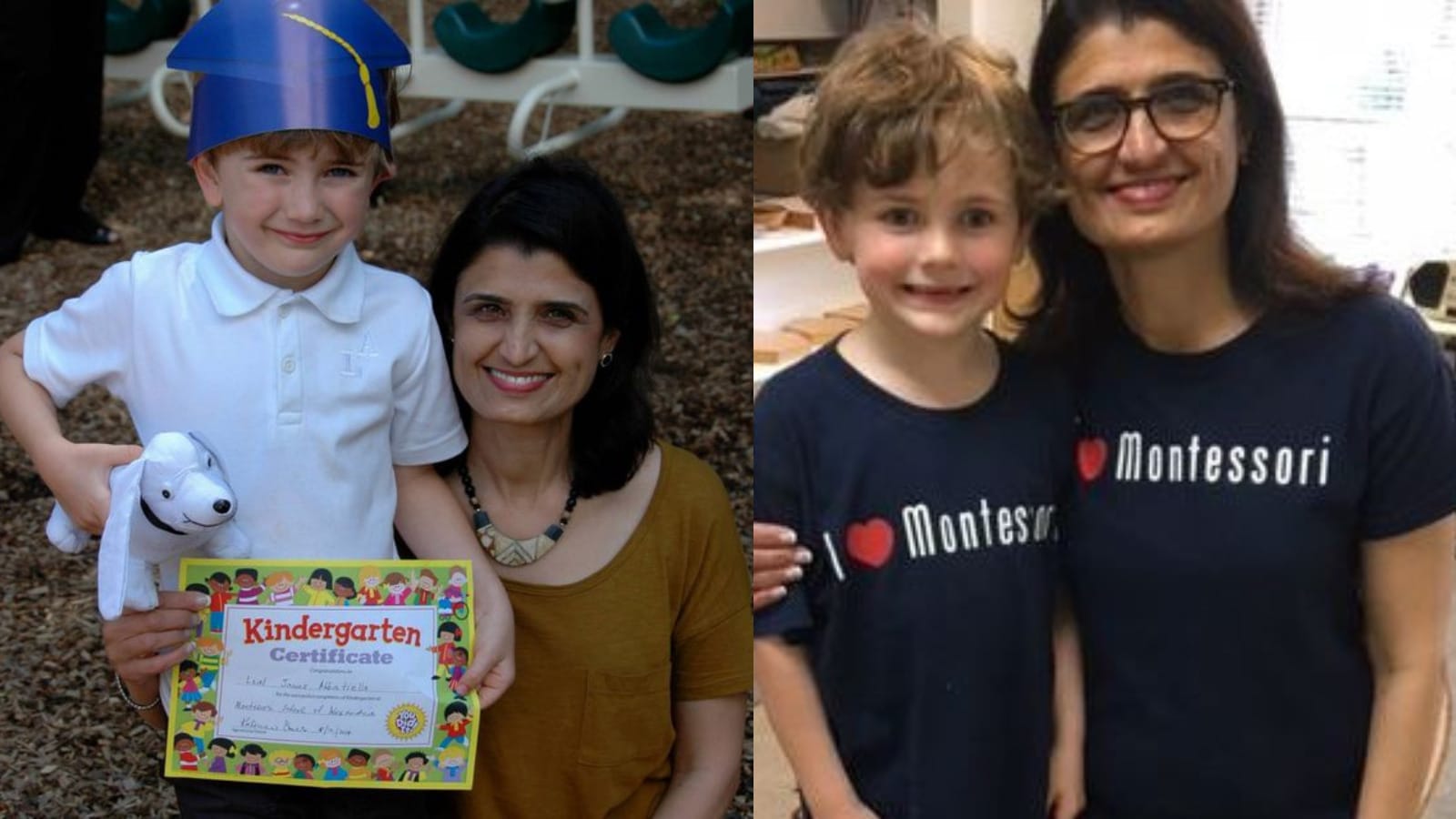October 24, 2022
By Jenna Fournel, Director of Teaching and Learning
Hooray for Monday is a weekly blog filled with questions, ideas, reflections, and actions we can all take to remodel the school experience for students.
You can now listen to Hooray for Monday on Spotify! Check out our podcast here.
The first time I walked into Kulsum Omer’s classroom, I could not figure out where the teacher was and my experience in schools suggested it was only a matter of time before chaos would ensue. But that was not the case in this classroom where 25 three to six-year-olds were all busily focused on their own individual tasks, some working alone, some with partners, all humming with engagement.
I finally spotted Kulsum squatting down in a corner of the room conferring with a child. Her voice was soft, her manner exceedingly calm, she was on the same level as the child and he was confidently discussing his work with her.
My children had Kulsum as their Montessori preschool teacher for six years.
Pictured above: My sons Leal and Oliver with their teacher.
Over that time I learned that this classroom environment was carefully constructed to give her the space for those meaningful conversations and that every moment she spent in the presence of her students was used to make observations, to make subtle adjustments, to plan future lessons, and to keep every child on their own incredible learning trajectory. That’s what Inspired Teachers do.
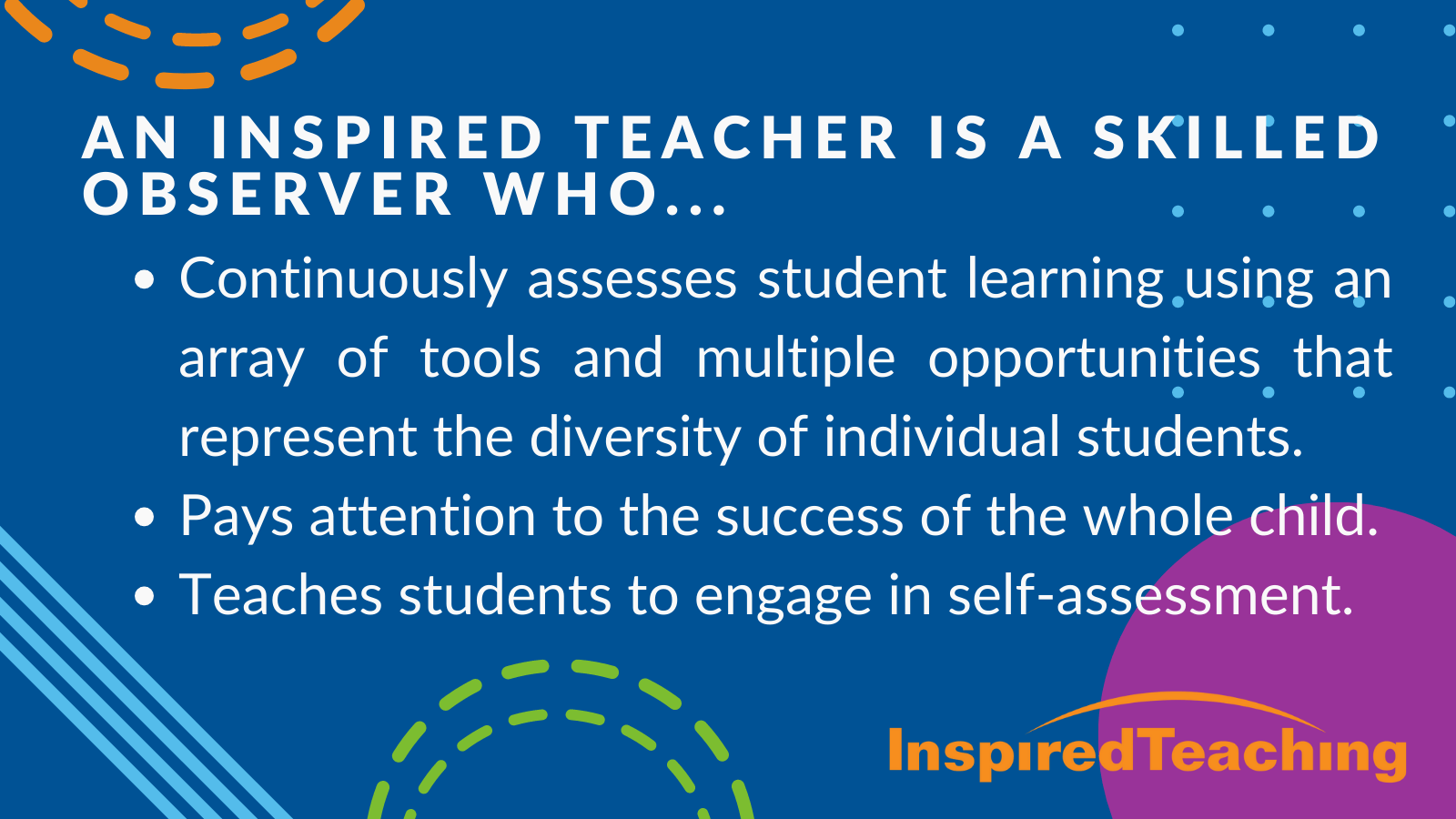
Kulsum recently retired from 35 years in the classroom and this week I had the opportunity to talk with her about how she made that wonderful space for observation and learning happen. (You can listen to the interview here.)
“When I took my training and learned about Maria Montessori, one of her quotes was ‘follow the child.’ So as I studied her philosophy, I realized that observation was such an important part of it because you follow the child by observing their developmental needs, academically, socially, emotionally, and intellectually. The observation becomes very important in order to plan lessons, to give lessons, and to watch how the child progresses,” Kulsum explained.
She took extensive notes, conferred with classroom assistants and colleagues, and consulted with parents to aid in her observations, but at the core of her work, she simply paid attention.
“Sometimes I just watch a child. They go pick out work that is difficult. I see after a while they get frustrated and just put it away. [When I see that], it’s my job to say, ‘they really wanted to do this; how can I get them there? Tomorrow let me give a lesson on this, so they can get ready for that next level.”
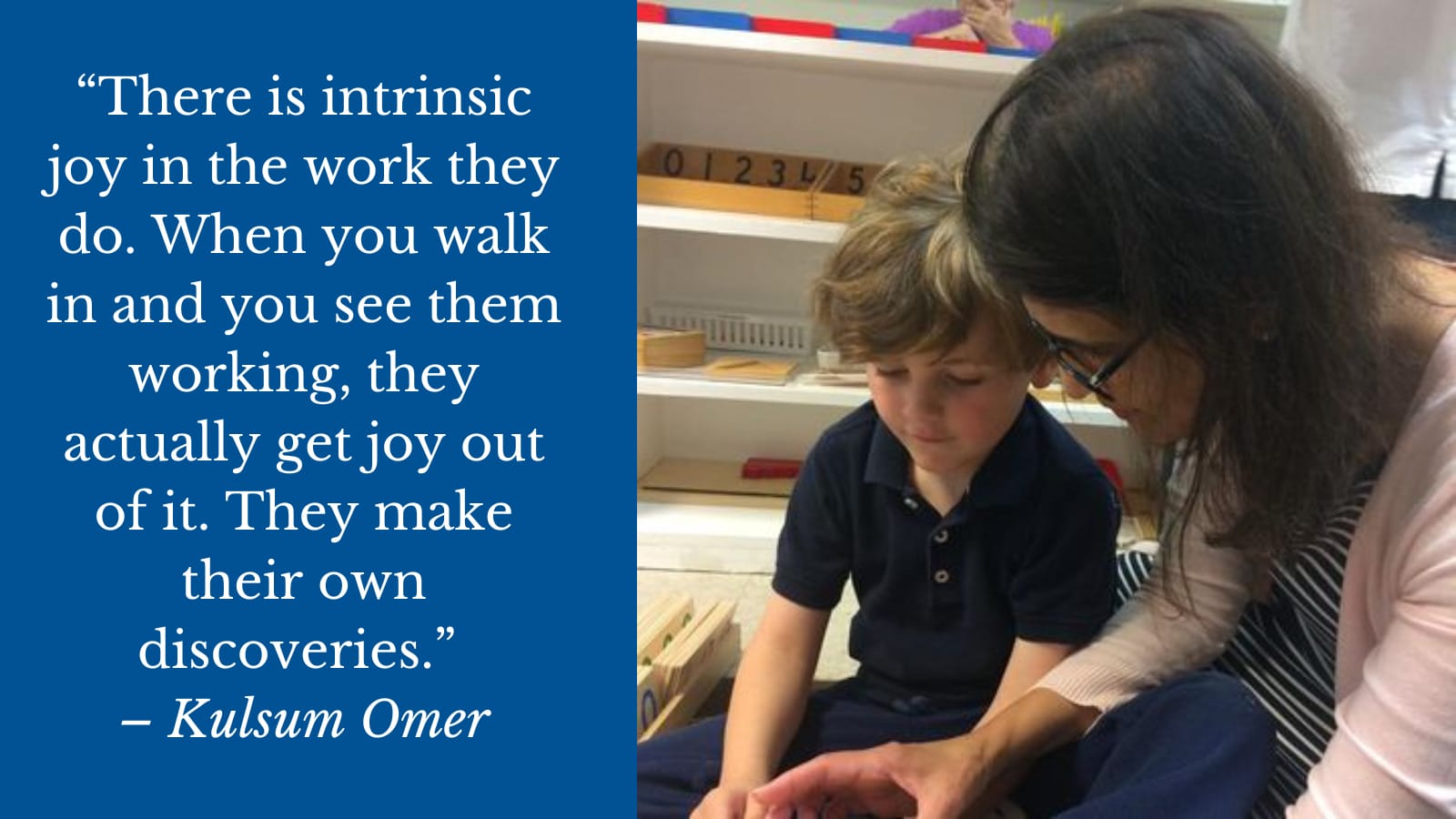
This approach is driven by a strong belief in the capacity of children to do extraordinary things. “There is intrinsic joy in the work they do. When you walk in and you see them working, they actually get joy out of it. We do not give out stickers. We do not give grades. Those things are extrinsic. We want them to be self-motivated. They make their own discoveries.” You can read below to learn more strategies she uses to help self-motivation take flight.
When I asked Kulsum what brought her joy as a teacher, it’s no surprise that she turned to the children and her observations of them. “They look at the world with awe and wonder and they find joy in the little things. Just watching that and being in the presence of their joy and love is a very special gift.”
May your week bring many opportunities to observe such joy.
3 Ways to Cultivate
Intrinsic Joy
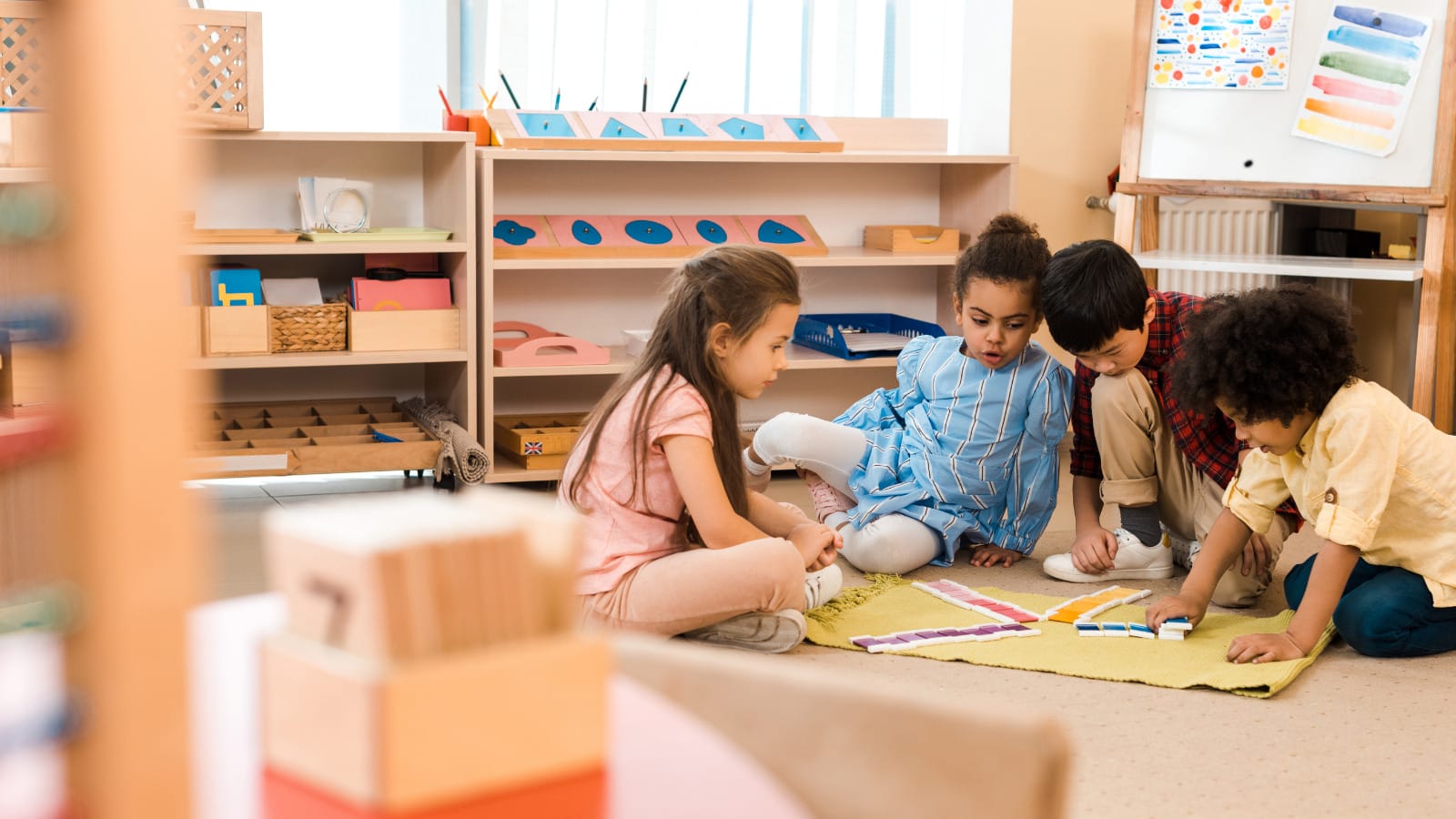
Prepare the Environment
“Children absorb learning from their surroundings,” Kulsum explains. “They are naturally curious. They are observant. They hear things. They see things, and they just take it all in. So we set up our environment very logically, very well-thought-out.” That includes everything from learning manipulatives to bowls and sponges for cleaning up messes. This setup develops independence.
Have Consistent Ground Rules
The first month of school in Kulsum’s classroom is devoted almost entirely to learning, practicing, discussing, and modeling the ways of being that will enable everyone to learn together. She says the most important thing she can do as a teacher is be consistent in communicating and upholding these expectations. Then students will do the same, building their own self-management – a lifelong skill – in the process. That makes the classroom a safe place for learning and gives students ownership over maintaining the environment themselves.
Model Respect
From the first day in her classroom, Kulsum’s students learn what it means to have “Respect for the environment. Respect for the materials. Respect for each other. Respect for the children. Respect for the adults. We practice this. We model it.”
 That looks like listening and being kind, but it also looks like trusting students with materials that require care and caution. One activity her students do to build fine motor skills is called “pin punching” which involves using a very sharp pointed object with a handle to punch holes in construction paper and perforate the paper such that a shape can be punched out.
That looks like listening and being kind, but it also looks like trusting students with materials that require care and caution. One activity her students do to build fine motor skills is called “pin punching” which involves using a very sharp pointed object with a handle to punch holes in construction paper and perforate the paper such that a shape can be punched out.
“We are very specific about what is safe and what is not safe. I will show them, ‘This is sharp. Where is it okay to use this? Where is it not okay to use it? What can happen if you do this?’” She has had children not use the tool correctly but she doesn’t use punishment to correct the behavior because the actions usually stem from curiosity. She has them take a break from the activity and then “we always give them an opportunity to come back because we don’t want to be punitive. As long as it is not unsafe – allowing a child to learn from their mistakes provides opportunities for them to experience natural consequences. We are building self-esteem. We want them to grow up to be independent, and confident, with the ability to make appropriate choices, and to have respect for each other.”

